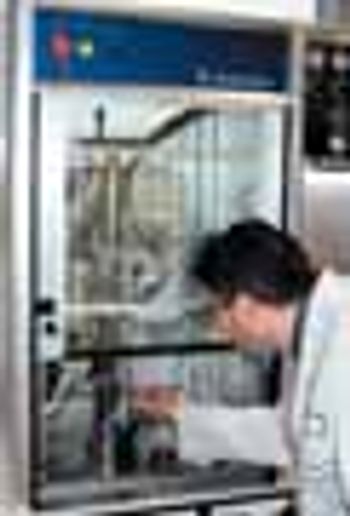
Signal-to-noise ratios are useful in robust engineering to design products and processes that consistently deliver on target.

Signal-to-noise ratios are useful in robust engineering to design products and processes that consistently deliver on target.
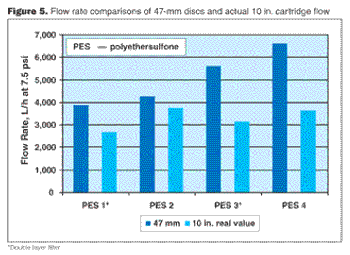
br> Sterilizing grade, 0.2-µm rated membrane filters are used in many biopharmaceutical processes to ensure the absence of particles and microorganisms from the filtered fluid (1, 2, 3). These filters must meet particular performance criteria in specifically defined applications. For this reason, during filter design, one performance criterion often is enhanced at the expense of another. Consequently, critical process and flow parameters must be defined appropriately to identify the optimal flow membrane filter for a specific application. This paper describes such an evaluation schematic and tests, as well as some common misconceptions.
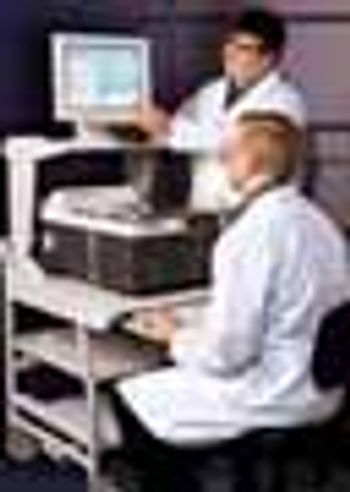
Lyophilized, or freeze-dried, materials are challenging samples for quality assurance and quality control (QA/QC) measurement because of the inability to open the container without corrupting the product. Near-infrared analysis presents itself as the QC method of choice for lyophilized materials due to its ability to penetrate glass or plastic containers to analyze the sample in a non-destructive manner. This study demonstrates the performance of a Fourier transform near-infrared (FT-NIR) spectrometer used in analyzing lyophilized samples of thrombin, a topical coagulant commonly used in the medical and dental fields. Key stability parameters for lyophilized thrombin include moisture and potency, which can be predicted simultaneously from a single spectrum using multivariate analysis.

Development guidelines for MAbs serve as a blueprint for their manufacture, safety, and efficacy testing.

The Food and Drug Administration's Prescription Drug User Fee program (PDUFA) has to be reauthorized by Oct. 1, 2007, and all the interested parties are fine-tuning their wish lists for "improvements." Although some consumer advocates and their Congres-sional allies blast user fees for extending industry control over the drug approval process, FDA officials, pharma companies, and patient disease groups applaud the program's success in ending "drug lag" and speeding new drugs and biotech therapies to market.

Before designing cleaning procedures, it's vital to know all physical and chemical characteristics of the product ingredients.

Human infections with avian flu strain H5N1 are occurring in a number of southeast Asian countries that have experienced large outbreaks of avian influenza. How great a risk to the human population is posed by this virus, and what steps can be taken to minimize its impact? Preventive vaccines have great potential to avert the spread of avian flu and other infectious diseases. What are the factors affecting the creation of new vaccines, and how can they be optimized to promote public health?
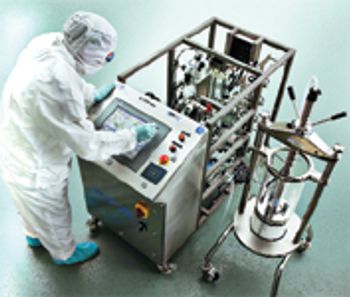
Cleaning validation is a critical consideration in the pharmaceutical industry. Inadequate cleaning can result in contamination of drug products with bacteria, endotoxins, active pharmaceuticals from previous batch runs, and cleaning solution residues. Such contaminants must be reduced to safe levels, both for regulatory approval and to ensure patient safety.

A 2000 cyber crime study revealed that 71 percent of security breaches were caused by people who worked within the company.

For those conducting clinical trials, strict adherence to state regulatory requirements makes sound business sense.
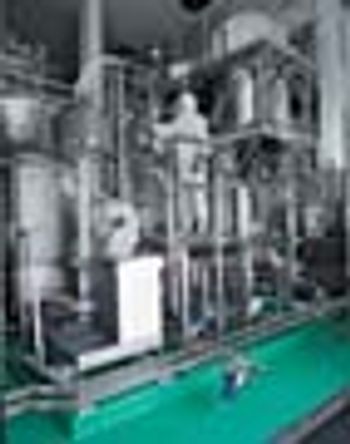
Validation of a cleaning process demonstrates that it can reliably and effectively remove residue to an acceptable level.

Several methods are available to assess RNA integrity and purity, which may affect downstream applications.

Many industry professionals know that analytical testing for biopharmaceuticals for all raw materials, production in-process stages, and final containers must be validated, and they generally understand how this can be achieved. Many of us even understand the basic concepts of laboratory compliance and production process quality. However, how exactly are analytical test method performance and process robustness related and how do they depend on each other? Furthermore, how do we monitor and maintain the accuracy and reliability of analytical methods long after validation completion to ensure the suitability of these methods for measuring process quality?

...each day a product is delayed is estimated to cost upwards of $1 million to $100 million.

...biopharmaceutical companies still face rampant piracy and counterfeiting of patented products.
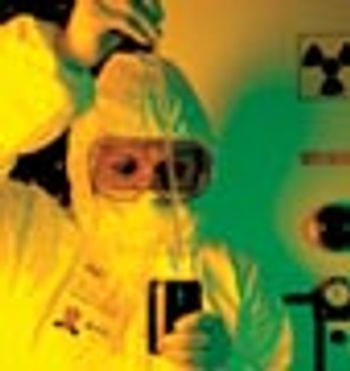
Current best practices of containment reduce the risks associated with biotech development.
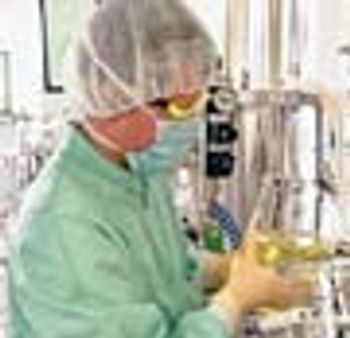
The manufacturer should propose stability-indicating methodologies that provide assurance that changes in the identity, purity, and potency of the product will be detected.
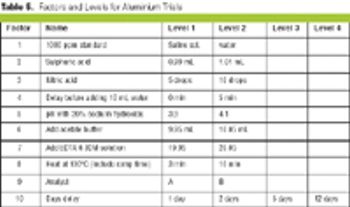
Saturated fractional factorial plans minimize the number of trials by one-half or better, which saves time and money.

Biotechnology and life sciences companies come in all shapes and sizes. Some are multinational companies with vast resources and others are small companies working with a few new compounds. Regardless of size or market position, these companies should all have one common question of those that handle their insurance: Will their current insurance program protect their assets and investments in the event of a significant loss? Understanding the nature of risks, acquiring suitable insurance, and comprehending policy issues when claims arise are essential to protecting assets and obtaining reimbursement when losses occur.

Analytical method validation (AMV) is required in the biopharmaceutical industry for all methods used to test final containers (release and stability testing), raw materials, in-process materials, and excipients. 1 AMV is also required for test methods that are used to validate the process prior to process validation. This article reviews current regulatory guidelines and the critical elements of analytical method development (AMD) that should be finalized before starting AMV.

Synthetic drugs can be well characterized by established analytical methods. Biologics on the other hand are complex, high-molecular-weight products, and analytical methods have limited abilities to completely characterize them and their impurity profiles. Regulation of biologics includes not only final product characterization but also characterization and controls on raw materials and the manufacturing process.
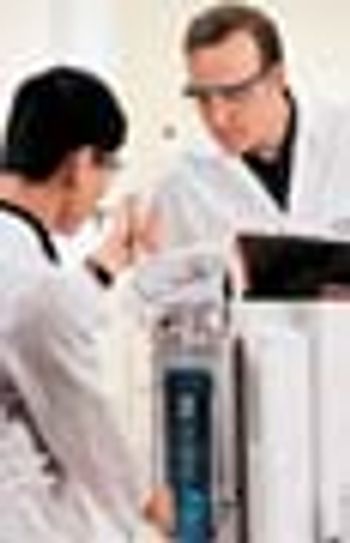
Many types of equipment in both manufacturing and laboratory areas are critical to a properly functioning pharmaceutical process. The validation of laboratory equipment is not as clearly defined as the validation of equipment used directly in the production of pharmaceutical products, which requires thorough validation in almost all situations.

RARM procedures don't exist in a vacuum. For people to perform effective and useful RARMs, the process needs to be integrated with other GMP quality system elements and be proceduralized.

The variety of microbiological tests makes it difficult, if not impossible, to prescribe a single, comprehensive method for validating all types of tests. By their very nature, microbiological tests possess properties that make them different from chemical tests. Consequently, the well-known procedures for validating chemical tests are not appropriate for many microbiological tests. Yet, it is necessary to validate microbiological tests if they are to be useful for controlling the quality of drug products and devices. Test-method validation provides assurance that a method is suitable for its intended use. Given this definition, any rational company would want to be sure that its methods are validated.

The purpose of design validation is to demonstrate that a product performs as intended. The usual route to this goal is showing that every item on the specification has been achieved, but it is not an easy path. The specification itself can create difficulty if it includes statements like "as long as possible" or the real horror "to be decided." Verification tests can reveal so many problems that the design must change to such an extent that earlier tests are no longer relevant. And there is also the practical difficulty of obtaining sufficient samples to test when the manufacturing engineers have not completed their standard operating procedures, the product design is not fixed yet, the component suppliers are late, and the marketing department has taken all the samples to show to prospective customers.